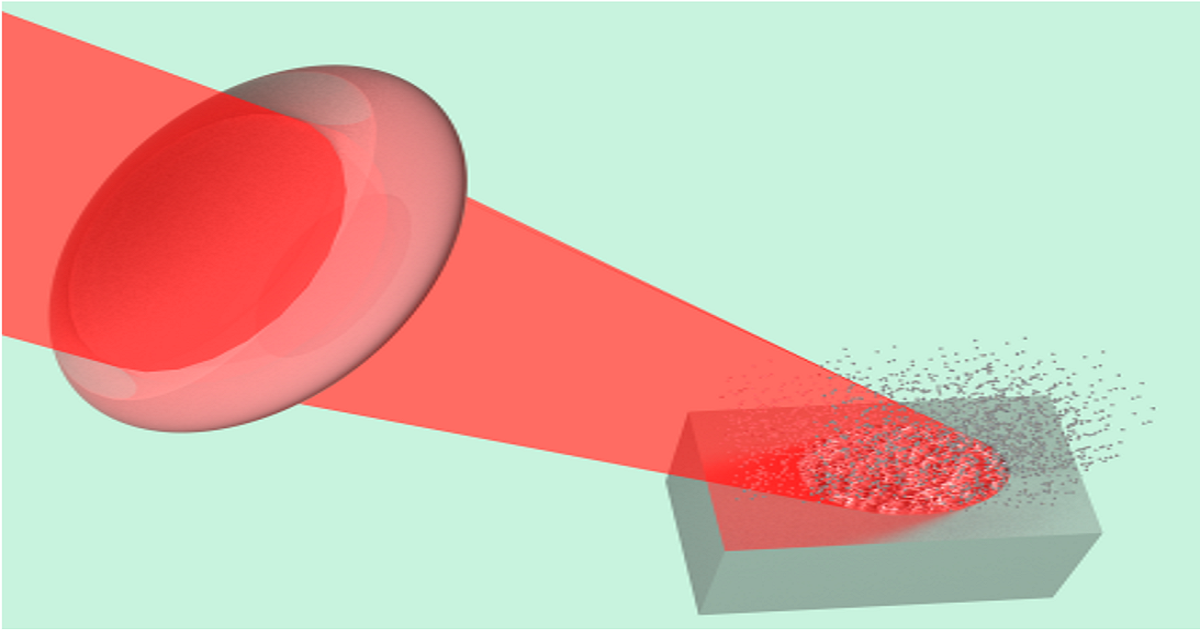Advances in Laser Ablation
A special issue of Materials (ISSN 1996-1944). This special issue belongs to the section "Manufacturing Processes and Systems".
Deadline for manuscript submissions: closed (30 June 2023) | Viewed by 168

Special Issue Editor
Special Issue Information
Dear Colleagues,
Since their development in 1960, lasers have contributed to deepening our understanding of light–matter interactions, and laser ablation has become one of the most powerful and promising methods for materials processing. By decreasing the pulse duration of a laser, ablating a small but precise amount of material has become possible without significant thermal damage to the workpiece; this process allows us to fabricate ultra-fine structures at nano- and microscales through laser ablation. Additionally, various types of nano- and microstructures can be naturally induced and controlled in their shape, size, and density simply by adjusting the number, polarization direction, and fluence of irradiating laser pulses. These laser-induced surface structures have received a great deal of research attention due to their unique capabilities of functionalizing material surfaces through structural coloration, passivation, hydrophobization/hydrophilization, and friction/wear reduction for desired applications.
This Special Issue will gather original research contributions regarding recent advances in the field of laser ablation, including various topics including, but not limited to, the following: the fundamental physics of laser impact phenomena; the formation mechanism of laser-induced surface structures; the functionalization of materials with laser ablation; the various applications of laser-ablated and -structured materials.
Dr. Taek Yong Hwang
Guest Editor
Manuscript Submission Information
Manuscripts should be submitted online at www.mdpi.com by registering and logging in to this website. Once you are registered, click here to go to the submission form. Manuscripts can be submitted until the deadline. All submissions that pass pre-check are peer-reviewed. Accepted papers will be published continuously in the journal (as soon as accepted) and will be listed together on the special issue website. Research articles, review articles as well as short communications are invited. For planned papers, a title and short abstract (about 100 words) can be sent to the Editorial Office for announcement on this website.
Submitted manuscripts should not have been published previously, nor be under consideration for publication elsewhere (except conference proceedings papers). All manuscripts are thoroughly refereed through a single-blind peer-review process. A guide for authors and other relevant information for submission of manuscripts is available on the Instructions for Authors page. Materials is an international peer-reviewed open access semimonthly journal published by MDPI.
Please visit the Instructions for Authors page before submitting a manuscript. The Article Processing Charge (APC) for publication in this open access journal is 2600 CHF (Swiss Francs). Submitted papers should be well formatted and use good English. Authors may use MDPI's English editing service prior to publication or during author revisions.
Keywords
- laser impact phenomena
- surface modification
- laser-induced surface structure
- surface functionalization
- laser nano- and micromachining
- pulsed laser deposition
- laser cleaning






